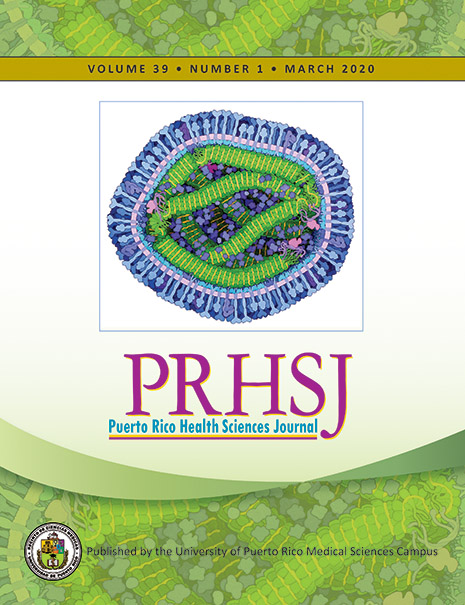Abstract
Objective: To investigate the relationship between caregivers’ health literacy and adherence to treatment in children with epilepsy. Methods: The participants included 226 children and adolescents with epilepsy and their primary caregivers. The demographic and clinical characteristics were abstracted. An antiepileptic drug adherence assessment was done with the validated Morisky Medication Adherence Scale-8 (MMAS-8). According to the scale’s scoring system, 0 points indicates high adherence, 1 to 2 points, moderate adherence, and 3 to 8 points, low adherence. A 17-item public health literacy knowledge scale (PHLKS) was used to measure the caregivers’ levels of health knowledge. For this scale, higher scores indicate higher levels of health knowledge. A logistic regression model was used to evaluate the effects of demographic characteristics and clinical findings on full drug adherence. Results: The overall prevalence of complete drug adherence among patients was 47.3%. The median value of the MMAS-8 score was 1 point (0–8 points). The main reasons for high scores were forgetting to take medication (33.6%) and the difficulties in adhering to treatment (24.3%). The median of the PHLKS score was 13 points (4–17 points). According to the logistic regression results, patients in the 0 to 5 years age group were more likely to have full drug adherence than were those in the 12 to 18 years age group (OR [95% CI]: 2.9 [1.4–6.5]; p = 0.007). As the PHLKS score increased, drug adherence also significantly increased (OR [95% CI]: 0.8 [0.7–0.9]; p = 0.008). Conclusion: Age and caregivers’ health literacy knowledge were found to be significantly associated with adherence. To better define the factors associated with drug adherence in children with epilepsy, additional research (using objective, validated tools) aimed at determining caregivers’ health literacy is needed.
Authors who publish with this journal agree to the following terms:
a. Authors retain copyright and grant the journal right of first publication with the work simultaneously licensed under a Creative Commons Attribution License that allows others to share the work with an acknowledgement of the work's authorship and initial publication in this journal.
b. Authors are able to enter into separate, additional contractual arrangements for the non-exclusive distribution of the journal's published version of the work (e.g., post it to an institutional repository or publish it in a book), with an acknowledgement of its initial publication in this journal.
c. Authors are permitted and encouraged to post their work online (e.g., in institutional repositories or on their website) prior to and during the submission process, as it can lead to productive exchanges, as well as earlier and greater citation of published work (See The Effect of Open Access).
